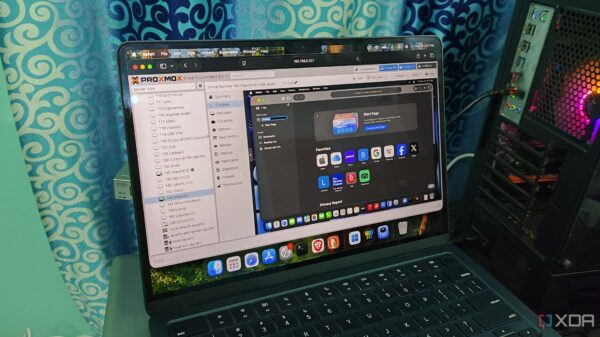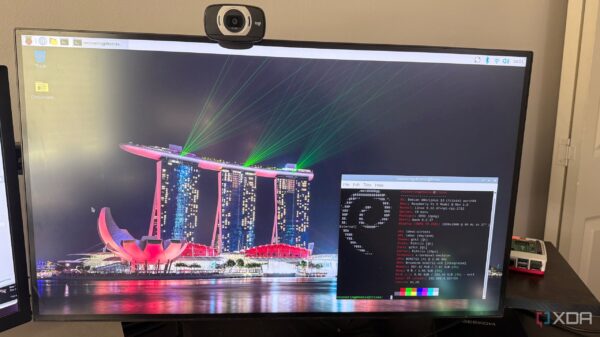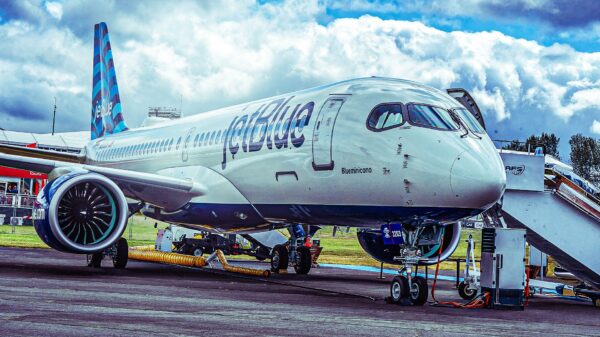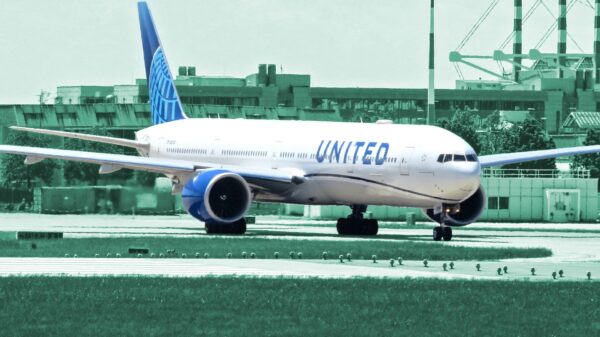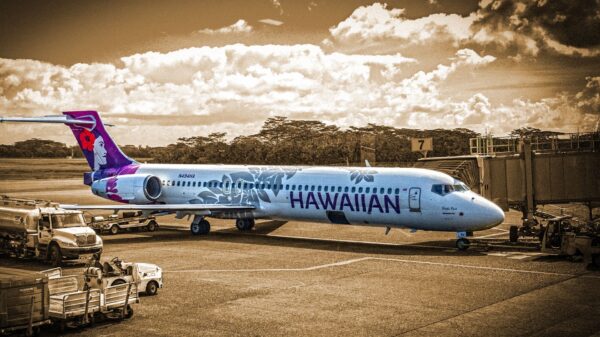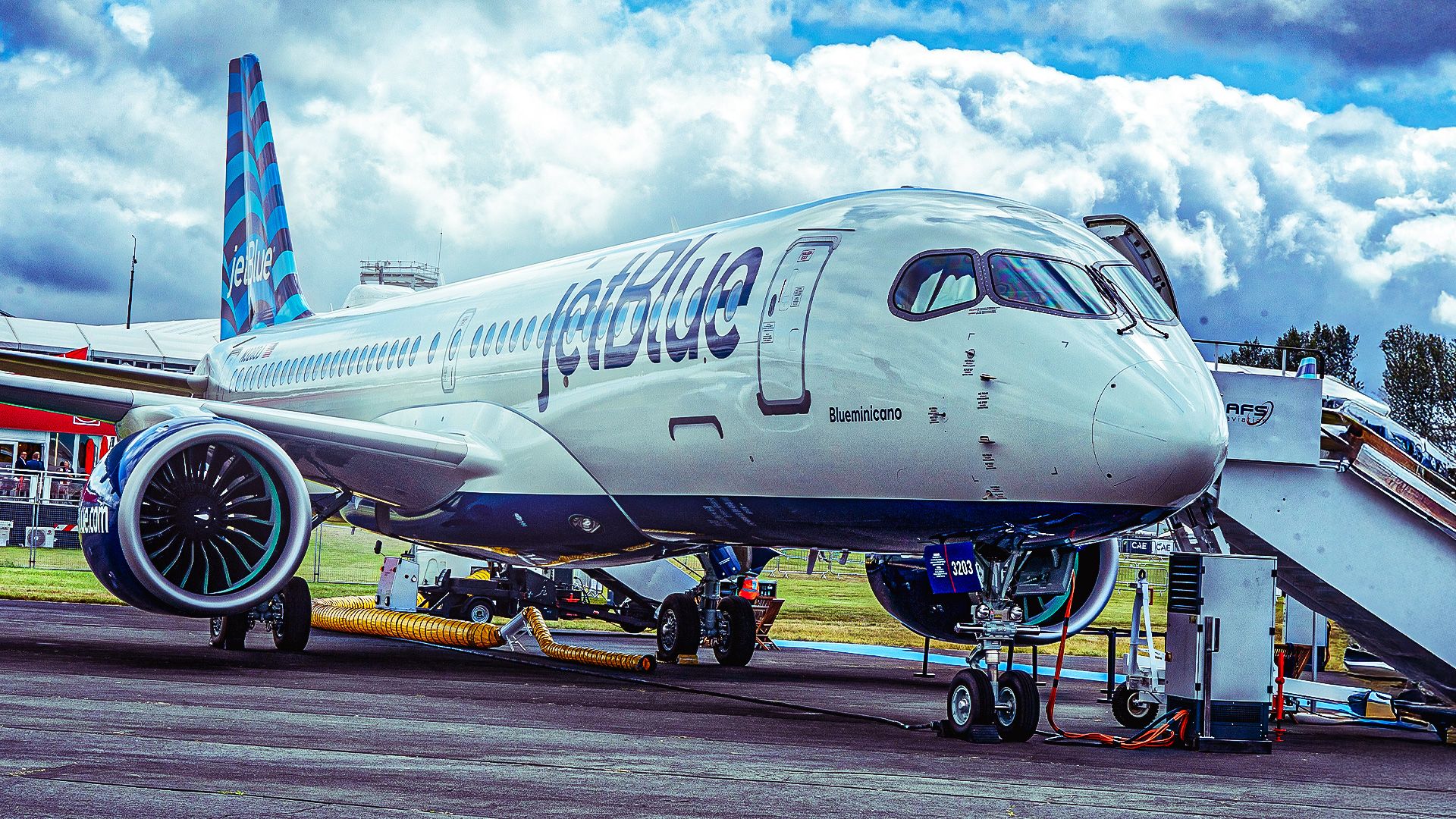JetBlue Airways has opted to operate the Airbus A220-300 exclusively, bypassing the smaller A220-100 variant entirely. This decision aligns with the airline’s strategy to modernize its fleet while enhancing capacity and efficiency. As of September 2025, JetBlue has received 52 of the 100 A220-300 aircraft on order, marking a significant shift in its operational capabilities.
The Airbus A220, initially launched by Bombardier as the CSeries in the early 2010s, has evolved into a successful aircraft since being rebranded in 2017. The A220 family consists of two models: the A220-100, which accommodates approximately 100 to 120 passengers, and the A220-300, seating between 120 and 150. The A220-100 boasts a maximum range of 3,450 nautical miles (6,390 km), while the A220-300 offers a slightly shorter range of 3,400 nautical miles (6,297 km). Despite the A220-100’s advantages, such as its similar capacity to the retiring Embraer E190, JetBlue has strategically chosen to focus on the larger model.
JetBlue’s Transition from the Embraer E190
JetBlue has phased out its Embraer E190 fleet, which had been in service since November 2005. The E190 enabled JetBlue to expand into smaller markets and became a staple for short-haul routes, particularly in the Northeast. However, as operating costs increased, JetBlue recognized the need for a more modern and efficient aircraft. The decision to retire the E190 was not solely based on age; it was also influenced by maintenance costs and the outdated cabin features that did not meet current passenger expectations.
When considering a replacement, JetBlue evaluated both the next-generation Embraer E195-E2 and the A220 series. While the E195-E2 is known for its fuel efficiency and capacity to seat up to 146 passengers, JetBlue ultimately selected the A220-300 for its increased flexibility, higher passenger capacity, and longer range. The airline’s initial order came shortly after Airbus acquired the program from Bombardier, allowing for a streamlined fleet under a single manufacturer.
Benefits of the A220-300 for JetBlue
The primary distinction between the A220-100 and A220-300 is seating capacity. JetBlue’s decision to opt for the larger variant reflects its goal to expand its network and enhance operational flexibility. In a press release announcing the initial order, JetBlue emphasized that the A220-300’s range and capacity would provide “financial and network advantages” over the E190. The larger model is also more fuel-efficient, with a reported 30% reduction in operating costs per seat and a 40% decrease in fuel costs per seat compared to the E190.
The A220-300’s capability to operate transcontinental routes further enhances JetBlue’s service offerings, although the airline is currently focused on short-haul routes primarily in the Northeast. The absence of the airline’s premium Mint cabin on the A220s limits their attractiveness for high-yield transcontinental markets, which are better served by the A321 fleet. Nonetheless, the A220s have enabled JetBlue to maintain a presence in key markets without relying solely on larger aircraft.
JetBlue’s A220 schedule primarily connects passengers along the East Coast, with a significant focus on routes from New York’s John F. Kennedy International Airport (JFK) and Boston Logan International Airport. The airline’s most frequent A220 routes include Boston to Washington National and New York JFK to Buffalo, with average flight times ranging from one to two and a half hours. This strategy underscores JetBlue’s commitment to maintaining efficient service on high-demand routes.
As JetBlue continues to integrate the A220-300 into its operations, plans are underway to introduce a new first-class product on the aircraft. This potential addition could enhance the appeal of the A220 for longer routes, attracting more business travelers and further driving revenue in the competitive transcontinental market.
In conclusion, JetBlue’s decision to focus on the A220-300 reflects a strategic shift towards greater operational efficiency and capacity expansion. With its ongoing commitment to modernizing its fleet, JetBlue is well-positioned to adapt to evolving market demands and enhance the overall travel experience for its passengers.


